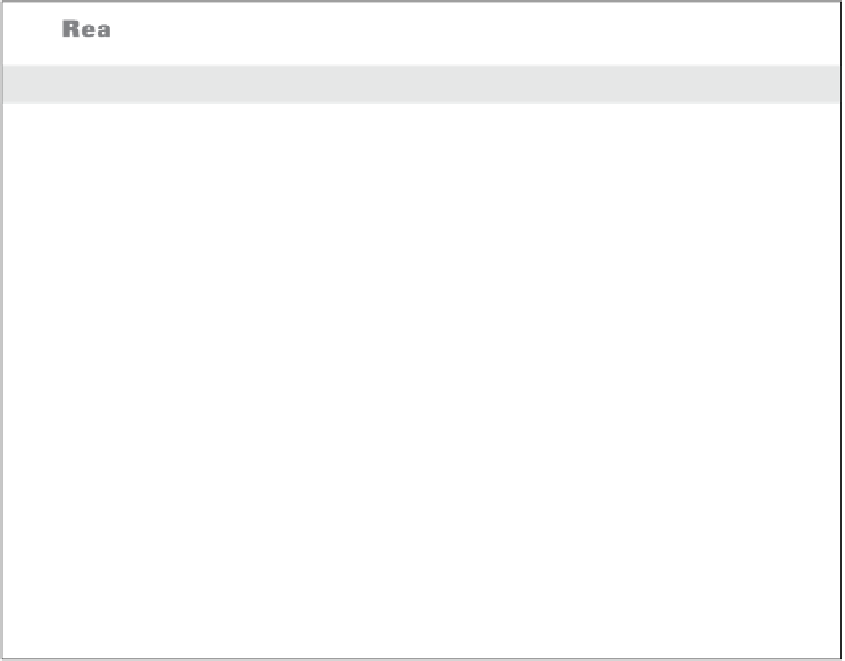Information Technology Reference
In-Depth Information
subnet mask use in an IsP
You may be wondering why you would use a 14-bit subnet mask with a Class B address.
This approach is actually very common. Let's say you have a Class B network and use a
subnet mask of 255.255.255.0. You'd have 256 subnets and 254 hosts per subnet. Imagine
also that you are an Internet service provider (ISP) and have a network with many WAN
links, a different one between you and each customer. Typically, you'd have a direct con-
nection between each site. Each of these links must be on its own subnet or network.
There will be two hosts on these subnets—one address for each router port. If you used
the mask described earlier (255.255.255.0), you would waste 252 host addresses per sub-
net. But by using the 255.255.255.252 subnet mask, you have more subnets available,
which means more customers—each subnet with only two hosts, which is the maximum
allowed on a point-to-point circuit.
You can use the 255.255.255.252 subnet mask only if you are running a routing algorithm
such as Enhanced Interior Gateway Routing Protocol (EIGRP) or Open Shortest Path
First (OSPF). These routing protocols allow what is called
variable-length subnet mask-
ing (VLSM)
. VLSM allows you to run the 255.255.255.252 subnet mask on your interfaces
to the WANs and run 255.255.255.0 on your router interfaces in your local area network
(LAN) using the same classful network address for all subnets. It works because these
routing protocols transmit the subnet mask information in the update packets that they
send to the other routers. Classful routing protocols, such as RIP version 1, don't transmit
the subnet mask and therefore cannot employ VLSM.
Subnetting Class A
Class A networks have even more bits available than Class B and Class C networks. A
default Class A network subnet mask is only 8 bits, or 255.0.0.0, giving you a whopping
24 bits for hosts to play with. Knowing which hosts and subnets are valid is a lot more
complicated than it was for either Class B or Class C networks.
If you use a mask of 11111111.1111111.00000000.00000000, or 255.255.0.0, you'll
have 8 bits for subnets, or 256 subnets (2
8
). This leaves 16 bits for hosts, or 65,534 hosts
per subnet (2
16
- 2 = 65534).
If you split the 24 bits evenly between subnets and hosts, you would give each one
12 bits. The mask would look like this: 11111111.11111111.11110000.00000000, or
255.255.240.0. How many valid subnets and hosts would you have? The answer is 4,096
subnets each with 4,094 hosts (2
12
- 2 = 4094).
The second octet will be somewhere between 0 and 255. However, you will need
to figure out the third octet. Because the third octet has a 240 mask, you get 16


























Search WWH ::

Custom Search